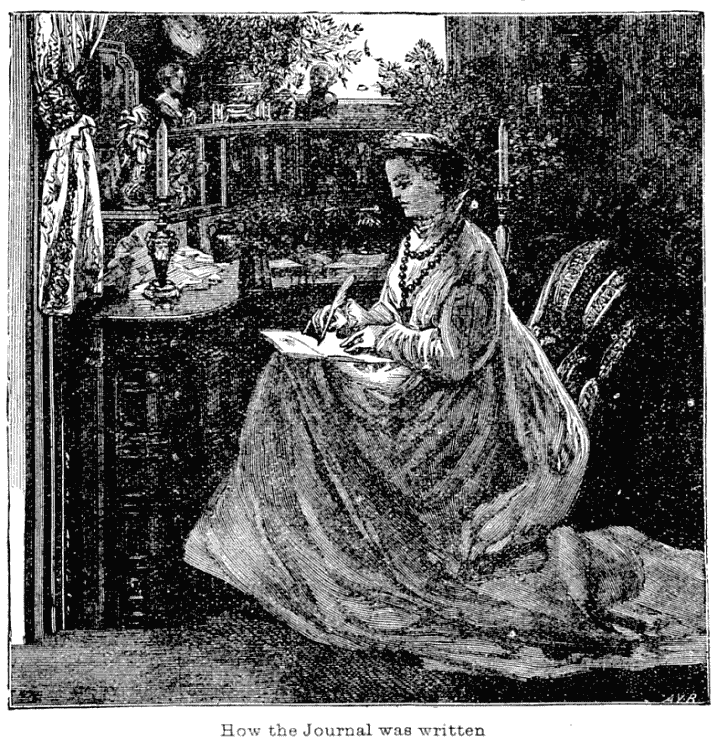
Let’s take a trip down memory lane, shall we?
Cast yourself way, way back . . . Are you there? Now, do you remember when : and ; were not the eyes of a smiley face appended to an instant message? You DO? Great! Wonderful! Fantastic!
But, do you remember how to USE them? Come on, be honest. Yes, that’s what I thought. You want a confession from the Grammar Geek? I didn’t learn how to properly use them until graduate school. Once I did, though . . . Whew! Colons and Semi-colons all over the place! I’d rather use a semi-colon than a comma and I just love colons.
Now, I’m not going to do this the horribly boring and long, drawn-out way that you were inevitably taught – if you ever were taught – to use these two delightful marks of punctuation back in junior high and high school. To my mind (and mind you, this makes the Grammar Geek a bit of a Grammar Rebel), learning a whole bunch of rules is just not necessary. Did you learn a whole lot of rules about staying away from power outlets when you were a kid? No! Your mom just told you WHY you needed to stay away from that outlet: electricity will kill you.
Okay, look at that last sentence. See the colon? It doesn’t precede a list, like most of the colons we use (because that’s the way we can still remember to use them). It precedes another set of words – a clause – that could stand alone as a sentence. However, if I separated those two clauses into two separate sentences, I would lose something. It’s important to the meaning of my statement to show that those two clauses are very closely related to each other. That is WHY you use a colon.
Think of colons as the equal sign of punctuation. What comes before them is the same thing as what comes after them. Generally, the second clause explains or redefines the first clause. In the case of the outlet “why you needed to stay away from the outlet” is explained by “electricity will kill you.” In the sentence, “we bought the following items at the store: milk, bread, eggs, mountain dew, and twinkies,” the colon creates an equivalency between the word “items” and the actual things that we bought. In the sentence “I was devastated at what he had done: eating the last twinkie was the ultimate betrayal,” the colon creates an equivalent between “what he had done” and “eating the last twinkie.” In this case, the second clause redefines the first.
If we look at the colon as the equal sign of punctuation, then we look at the semi-colon as that wavy equal-looking sign that we all used in advanced math to indicate an approximate equality. In other words, the clauses that come before and after a semi-colon are related to each other, but the information in the second clause is not vital to understanding the information in the first clause like it is with a colon. Semi-colons, then, create a tighter bond between ideas than the word “and,” but they do not necessarily indicate equivalency of information.
Take, for example, the sentence: We had a great time at the slumber party; we all even wore our pajamas to go get ice cream! In this sentence, both ideas could conceivably stand alone. They could even be separated into two sentences. However, we want to show that our pajama-wearing adventure was part of our slumber party activities. The two things are related to each other – wearing our pajamas provides a partial explanation as to why we had a great time. But the two are not completely equivalent. Our great time may have also included braiding each other’s hair or rolling up new D&D characters (hence the Mountain Dew and Twinkies).
So, rather than a bunch of rules, we have now boiled colon and semi-colon use down to two simple statements.
1. Use a colon when two pieces of information are so closely related that they are vital to understanding one another. EQUAL =
2. Use a semi-colon when it is better to make sure that your audience knows that two pieces of information are related to each other. APPROXIMATELY EQUAL (I don’t have that on my keyboard, do you?)
Now, skedaddle out of my garret; I’ve got papers to grade. Oh, and next time? Apostrophes! But not THAC0, I can’t do THAC0.


Anybody who claims they can readily work out THAC0 is either lying or the kind of psychotic person who deliberately uses apostrophes to pluralize just to make the rest of us reach for our +5 vorpal swords.
Thank you so much for this fabulous article!
Wow, this is a BRILLIANT way to explain colons and semi-colons. I have been writing professionally for over ten years and haven’t seen such a clever, succinct explanation. Thank you! (And I’m sure my copy editor thanks you, as well.)